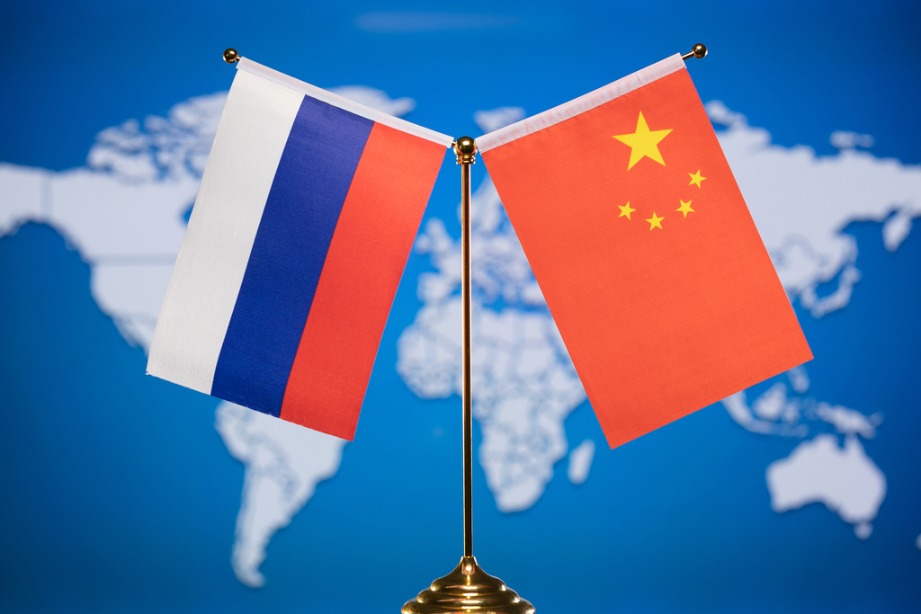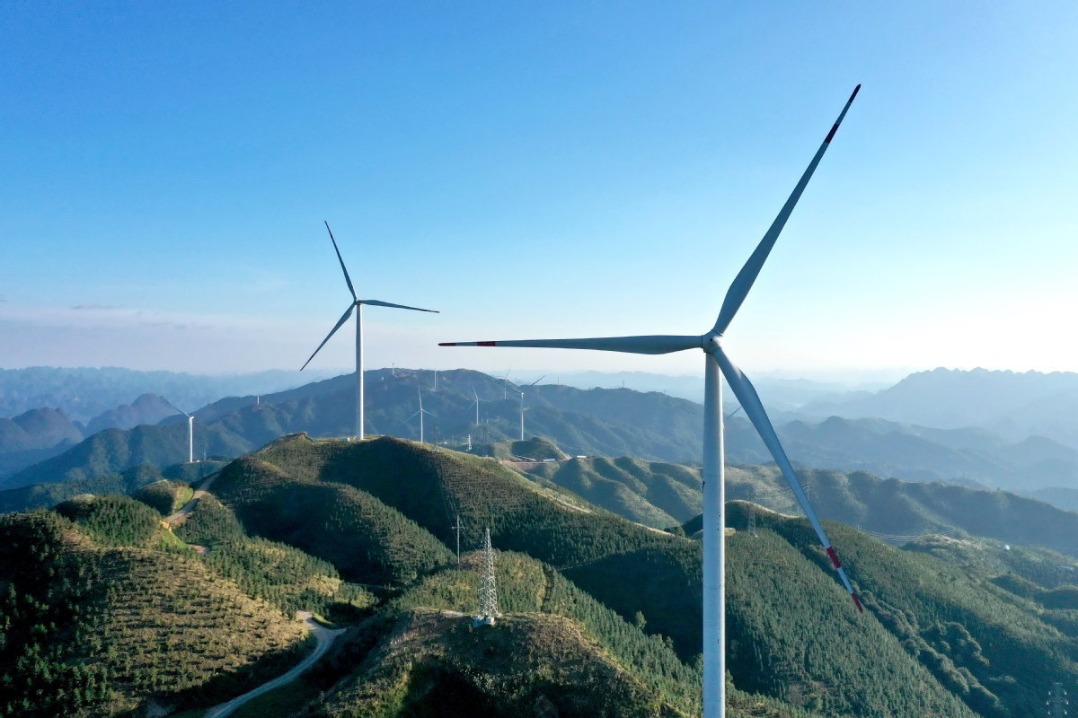Potential for Sino-Russian cross-border cooperation high


The science forums I attend in China every year leave me wondering how great the potential for cross-border interactions between Russia and China is, and how insufficiently we have used it so far. Russian-Chinese relations, officially defined by the two sides as comprehensive strategic partnership of coordination for the new era, have made many achievements, but also left untapped many cooperation opportunities.
I believe the biggest problem of Russian-Chinese interactions in recent decades is the insufficient number of joint investment projects. Why are Chinese businesses very active in working with Belarus but not with Russia on similar projects?
Huge potential along the border
When speaking about Russian-Chinese cooperation potential, it is necessary to take into account the long border, which can become the strongest strategic resource of large countries such as Russia and China. There is a watershed along the West-East line in Russia, and the North-South line in China. The vast regions of the two countries, including Asian Russia, and North China and Northeast China, are rich in resources, but less developed in economic terms that border each other. This has great potential for cross-border cooperation, but also imposes objective restrictions on them.
Previously, the Russian Far East was considered the main partner for China due to its geographic proximity. But now Siberia has begun to play the role of the central link in the triangle of interactions between the west, east and south of Eurasia as a macro-region with unique natural resources and strong scientific and innovative potential.
Siberia is acquiring the functions of the most important regional reserve of Russia and the core of a new configuration of Eurasian economic, and scientific and technological interactions, with the city of Novosibirsk becoming the main transport, logistics and scientific and innovative hub for all of Asian Russia.
I participated in a business symposium and the 2024 annual expert forum on "economic opening of the North" in Hohhot, Inner Mongolia autonomous region, in August. The forum was held under the theme "Moving to the North", which is no coincidence.
Economic, scientific, technological and humanitarian cooperation between China, Russia and Mongolia along the "northern vector" has great potential and prospects.
It can be carried out in the largest macro-region in the world — North Asia — which we propose to use both for scientific research and state regional policy of our countries. It includes Siberia and the Russian Far East, the northern and northeastern provinces and autonomous regions of China, and Mongolia.
Key areas for 'Northern cooperation'
The "supporting land" of North Asia, spread across Russia, China and Mongolia, have many common features. But in order to activate spatial interactions between our countries, it is advisable to open a new corridor of opportunities for "Northern cooperation", among which three key areas stand out.
First, in coordination of economic strategies for cooperation and modernization, I see joint work in three vectors:
* The alignment of major strategic initiatives of China and Russia in political, regulatory, institutional and investment aspects.
* Using the best practices of strategic planning, management and implementation of effective development models that take into account the specifics of China, Russia and their regions. Our analysis of The Outline of the 14th Five-Year Plan (2021-25) for National Economic and Social Development and the Long-Range Objectives Through the Year 2035 shows that in its strategic plans it is China that is actually oriented toward the development model that we propose for implementation in Siberia.
For example, Russia should pay close attention to the Inner Mongolia autonomous region as a pilot region of the resource type, successfully implementing its own program of modernization and diversification of production.
The experience of Inner Mongolia is especially important for the regions of Siberia — for instance, for the Kemerovo Region as an example of the development of coal chemistry based on large coal deposits; for the Altai Territory, Omsk and Novosibirsk regions as an example of the formation of the world's largest center of the dairy industry; for all regions as an example of the effective development of sectors such as the "green economy" and wind and solar energy.
* The coordination of customs, migration and infrastructure policies and their regulatory framework, as well as regional and municipal programs and strategies of the border areas of China and Russia, and the implementation of local integration projects of inter-municipal interaction of border areas of Russia and China.
Second, in joint efforts to increase the connectivity of the Asian space, connectivity of territories is not only about transport and infrastructure connection among regions. It is also about the unity of economic, social, scientific and technological, environmental, cultural and communication processes. It is in this broad context that the construction of cross-border transport corridors in Northern Asia should be assessed. The idea is not only to form new transport and logistics plans for cross-border interactions among countries, but also to establish new centers of economic activity around these transport corridors. The plan can be implemented on the basis of the formation of "economic corridors" in Eurasia (in particular, the China-Mongolia-Russia Economic Corridor) with specific projects.
It is obvious that the greatest importance of strengthening connectivity in Northern Asia is for the bordering territories — the southern regions of Siberia and the Far East, and the northern and northeastern territories of China.
Thus, the issue of building two new railway routes from the Xinjiang Uygur autonomous region of China to Siberia is being studied. The formation of new transport and logistics infrastructure along the railway will create the basis for the construction of the northern and western railway corridors.
In particular, the role of the "Northern Sea Route" (NSR) in strengthening the connectivity of Eurasia should be noted. The implementation of this major transport and logistics project is entering its final stage. For this purpose, Russia has built the world's most powerful icebreaker fleet and port infrastructure, and the year-round navigation route along the NSR with largescale transportation is becoming a reality. China has shown particular interest in the NSR, because on its basis the fastest and most efficient sea route from China to the northern ports of Russia and European countries is being created.
Third, when it comes to cooperation between regional scientific and innovation systems, one of the most competitive products on the Chinese market is Russian science, which is concentrated in Siberian and Far Eastern regional scientific and innovation ecosystem. The most famous among them is the Novosibirsk Scientific Center of the Siberian Branch of the Russian Academy of Sciences — Novosibirsk Akademgorodok.
Tap R&D for commercialization
China's science and technology sector has huge potential for rapid commercialization. The results of Russia's science and technology R&D implemented on the basis of the Chinese "innovation conveyor" should subsequently find application in the regions and industries of Russia. Therefore, given Russia's goal of achieving "sovereignty in technology", it is advisable to use the Chinese "tailwind" of scientific and technological modernization for the "take-off" of development of the science and technology sector and promotion of innovation.
But Russian-Chinese cooperation on science and technology is still focused on different priorities. In Russia, using large-scale Chinese investment to build infrastructure to facilitate the development of the science and technology sector and promote innovations, expedite high-tech production and implement joint Russian-Chinese scientific project is of the utmost importance.
As for China, it is more interested in attracting talented Russian scientists to conduct research, and purchasing promising Russian scientific and innovative technologies and patents for their use in its technological sphere.
But it is necessary to maintain a balance between these priorities and devise a policy for cooperation on science and technology based on the equal distribution of the resulting fruits among all participants and better protecting intellectual property rights.
Leading institutes of the Siberian Branch of the RAS are implementing joint projects with Chinese research institutes and enterprises in key areas of science and technology. The Institute of Nuclear Physics of the Siberian Branch of the RAS has delivered dozens of industrial accelerators to China, and a boron neutron capture cancer therapy facility to Xiamen, Fujian province, which has no analogues in the world, in 2018. And next year, the Siberian Ring Photon Source, a mega-science facility, will start operating at the Novosibirsk Scientific Center of the Siberian Branch of the RAS, where Chinese scientists, too, can conduct experiments.
Of course, in the process of defending national, regional and corporate interests in cross-border cooperation between China and Russia, conflicting situations may arise (for example, in water use). But these conflicting situations are not antagonistic.
Siberian science and education, Siberian businesses and the Siberian region's authorities are ready to cooperate with China along the "northern vector", which, too, is in the interest of Chinese enterprises and partners.
The author is director of Siberian branch of the Russian Academy of Sciences.
The views don't necessarily reflect those of China Daily.
If you have a specific expertise, or would like to share your thought about our stories, then send us your writings at opinion@chinadaily.com.cn, and comment@chinadaily.com.cn.


































